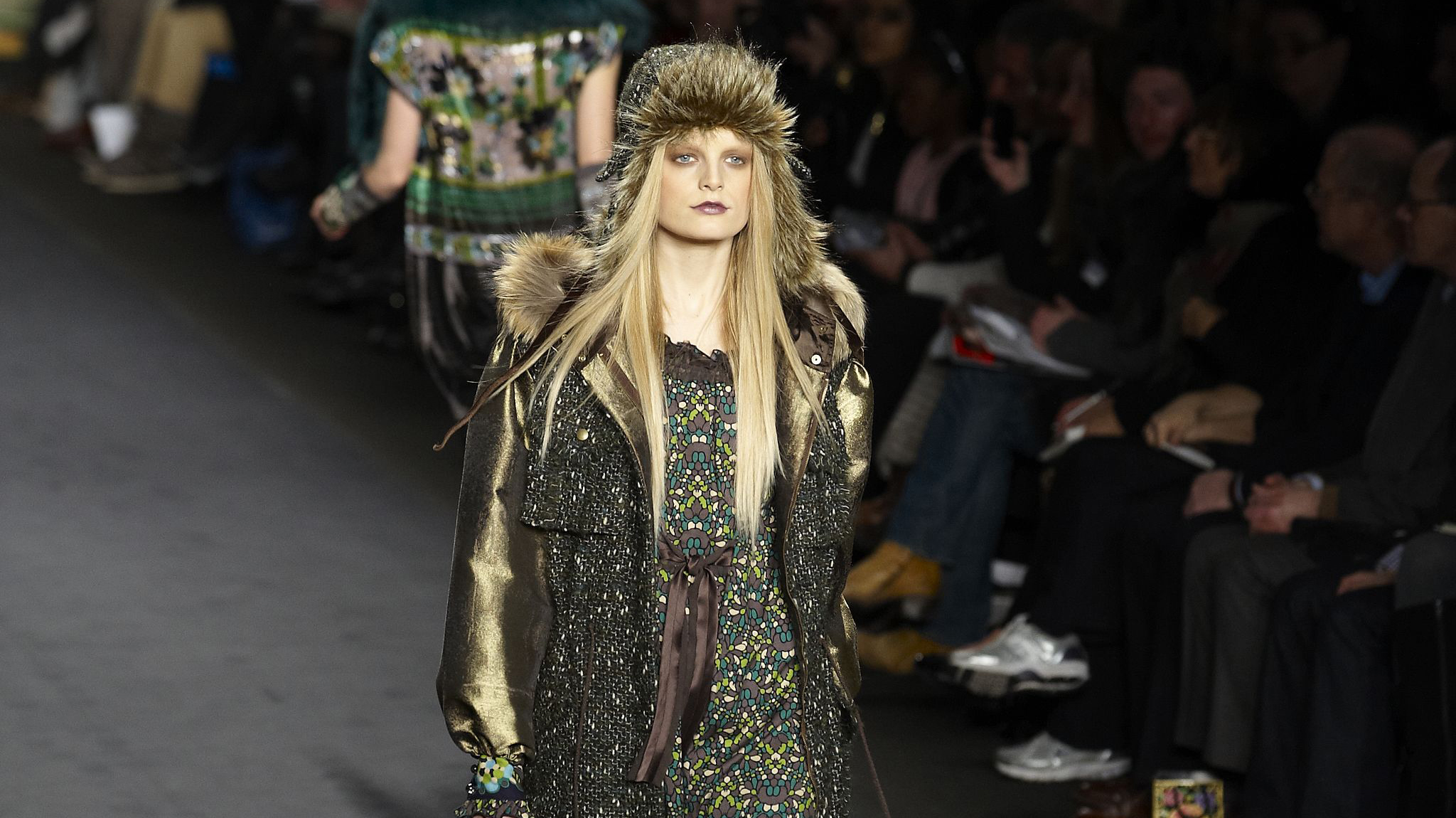—Georgiann Davis
I find it both comic and tragic that I learned more about intersex in college from sociocultural scholars and not the doctors who mutilated my body. While this may still be case for today’s intersex youth, I find it somewhat comforting that with as much media attention as intersex has gotten over the last few years, they will hopefully at least know they aren’t alone.
I was born in 1980 with an external female appearance, but inside instead of ovaries, a uterus, fallopian tubes, and XX chromosomes, I was born with XY chromosomes and testes. No one knew about the uniqueness of my body until I was a teenager and hadn’t started menstruating. After a battery of diagnostic tests, doctors labeled me intersex, instructed my parents to never tell me what they discovered, and a few years after the diagnosis, they surgically removed my testes because they didn’t think a girl should have them. But I eventually uncovered the medical lies and medical mutilation after obtaining my medical records, and while it was a relief to know the truth about my body, I also was left feeling like a freak because of how my doctors treated me and how they instructed my parents to go along with their lies. I wouldn’t dare share my secret with anyone—not even my closest friends.
As I describe in my book Contesting Intersex: The Dubious Diagnosis, by the time I started college in the early 2000s, doctors had already removed my testes. As a young college student, I didn’t know that intersex activism was gaining momentum and that there were intersex people all around the world fighting to stop the medically unnecessary and irreversible interventions intersex people are routinely subjected to as children. I thought I was an abnormal, one-of-a-kind freak. There was no “What It’s Like to be Intersex” Buzzfeed video with well over 3,000,000 views across media platforms for me to scroll by on the yet to be invented Facebook. There was no Katie Couric National Geographic special on the Gender Revolution. And, among other things, there were very few people publicly open about their intersex status. But that was then, and this is now. And intersex is popping up everywhere—even on the runway.
On January 23, 2017, Hanne Gaby Odiele, a 29-year-old Belgium supermodel, revealed in an exclusive interview with USA Today that she was intersex. She shared that it was the right time in her life “to break the taboo.” That same day, and for the first time in the history of the internet, web searches for intersex substantially “spiked” to a point that might be thought of as trending. Intersex even got the attention of pop culture star Miley Cyrus who expressed on Facebook: “PROUD of my friend #hannegaby ! The Happy Hippie Foundation has your back! Anything you need! We’re here for you with nothing but love and support! Spread the word!” Words simply cannot adequately express how much I wish intersex had this much visibility when I was younger and was first coming to terms with the beauty of my bodily difference that I learned doctors horrifically attempted to take away from me.
I conclude Con testing Intersex with seven actions for liberation that intersex activists and our allies can take to decrease intersex stigma and the shame and secrecy that surround it. These actions, which I offer from my research insights, range from continuing the fight for the elimination of medically unnecessary surgeries to recognizing that social constructions—most notably sex, gender, sexuality, and medical diagnoses—drive inequalities in our community. But right smack in the middle of my recommended actions for liberation is for each of us intersex people to overcome the fear of public exposure.
testing Intersex with seven actions for liberation that intersex activists and our allies can take to decrease intersex stigma and the shame and secrecy that surround it. These actions, which I offer from my research insights, range from continuing the fight for the elimination of medically unnecessary surgeries to recognizing that social constructions—most notably sex, gender, sexuality, and medical diagnoses—drive inequalities in our community. But right smack in the middle of my recommended actions for liberation is for each of us intersex people to overcome the fear of public exposure.
I wrote that in order for intersex people to achieve liberatory transformation, we must replace the fear of not fitting into the sex binary with the power we gain by educating others about sex variability, and Odiele has done just that! In my interviews with intersex people, I saw that the individuals who are most emotionally comfortable with their intersex diagnosis are those who do not feel constrained by their difference but rather embrace it as part of their identity. It’s a truly liberatory experience to witness from the outside, but if my intersex experience is any indication, I trust that Odiele is more empowered now than ever as she walks across the runway modeling her brand of intersex liberation.
Georgiann Davis is Assistant Professor of Sociology at the University of Nevada, Las Vegas and author of Contesting Intersex: The Dubious Diagnosis (NYU Press, 2015). She is the current president of interACT: Advocates for Intersex Youth and the past-president of the AIS-DSD Support Group (www.aisdsd.org) for individuals with differences of sex development.
Feature image: By Masaki-H (ANNASUI_048) [CC BY 2.0 (http://creativecommons.org/licenses/by/2.0)], via Wikimedia Commons

